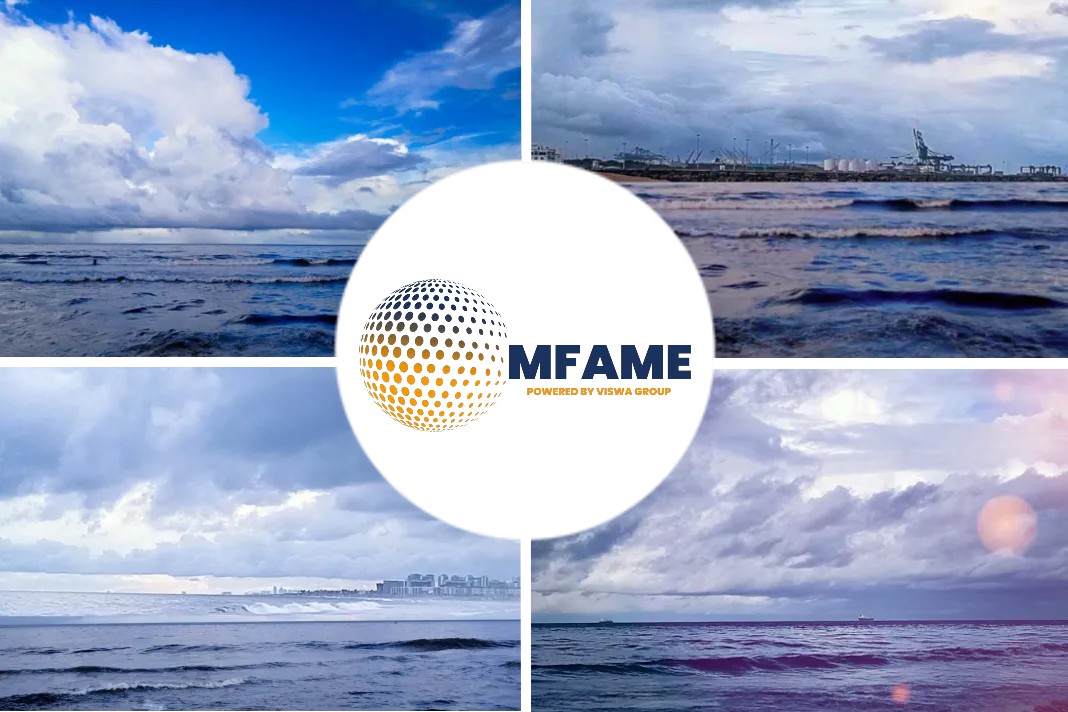
Russia has raised by 50% its forecast for cargo that can be shipped by 2030 via its Northern Sea Route through the Arctic, reports Reuters citing Kommersant newspaper.
But cargo levels will depend heavily on completion of new energy projects and a more conservative scenario sees them falling well short of announced plans, the paper said.
Core forecast for traffic on Arctic Sea route
Melting sea ice due to climate change has made the route more viable, and President Vladimir Putin is heavily promoting it as a new east-west corridor as Russia shifts its trade patterns in response to Western sanctions over Ukraine.
The route runs from Murmansk near Russia’s border with Norway to the Bering Strait near Alaska.
Russia, which has long viewed it as an alternative to the Suez Canal, last year approved a development plan that sees cargo volumes rising from 34 million tons in 2022 to 80 million in 2024 and 150 million in 2030.
Kommersant said the Russian ministry in charge of development of eastern regions has modelled three different scenarios of cargo volume, depending on the implementation of major energy projects along the route.
These are the massive Vostok Oil project being pursued by Rosneft ROSN.MM, as well as Novatek’s NVTK.MM future liquefied natural gas plants, such as Arctic LNG 1, 2 and 3.
Availability and construction of icebreakers will also affect the project.
According to Kommersant, the base scenario foresees cargo volume of 74 million tons in 2024 and 224 million tons by 2030. The optimistic scenario envisages turnover of 81 million tons by 2024 and 244 million tons by 2030. Under the conservative scenario, however, turnover would amount only to 117 million tons by 2030.
The ministry did not immediately reply to a request for comment.
Did you subscribe to our daily newsletter?
It’s Free! Click here to Subscribe!
Source: Reuters


















